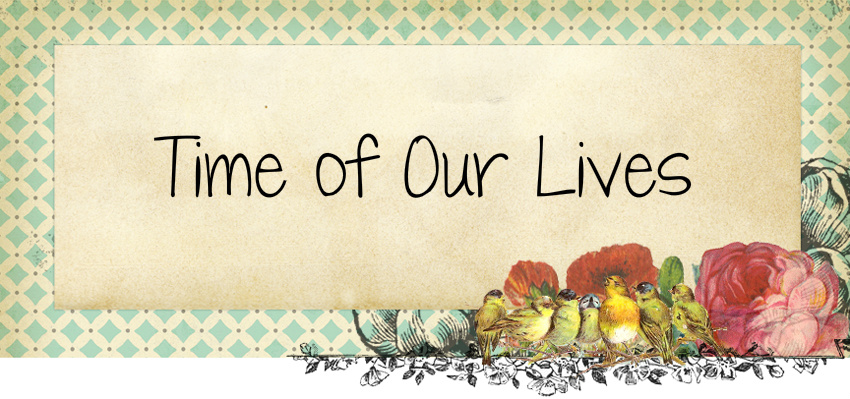Way in the back of our yard, we have an old dog run that spans the whole back fence. Since we don't have dogs anymore, the weeds are hard to keep at bay. We decided to rototil it, which looked great when it was done, but after about two weeks, the bull-head weeds had come back a hundred fold. Come to find out, tilling is the worst thing you can do for that type of weed. Somehow it gives it energy to come back even more vigorously. After looking into it, we came to the conclusion that spraying them might be our only chance.
So, last week, we decided to spray. As we were working, we almost literally bumped into a hornets nest as big as my head. We have these every couple of years or so. They love the apple-pear trees, so they make their home there among the maturing fruit.
And the hornets very large and very busy. They were flying in and out and buzzing all around.
They are a different breed of hornets than we've seen in the past. They're a white-tailed (or bald-faced) hornet, and (we later found out) they are said to be pretty aggressive and mean.
We were in a rush to get our weed-spraying done, so we skirted around the hornets' nest, and went on our merry way.
A few days later, we had a family work day. The kids came and helped weed and clean up in the scorching hot sun. What in the heck would I do without my amazing family!?
Bob was using the torch to kill the bullhead seeds (oh, why do we have to have bullhead weeds and morning glory?). And he, along with our daughter and son-in-law, thought this would be the perfect way to get rid of the hornets' nest. When we were all standing around, oooing and ahhing over the hornets and their incredible creation, we didn't have the following information in our toolbelt...
BALD-FACED HORNETS
Dolichovespula maculata| PEST STATS | |
|---|---|
| Color: | Black with a white pattern on most of the face |
| Legs: | 6 |
| Shape: | Long, wasp-like |
| Size: | 1/2 – 5/8” (12-15mm); queen ¾” (18-20mm) |
| Antennae: | Yes |
| Region: | Found throughout U.S. |
Habits
Bald-faced hornets are social insects, although not true hornets. They live in colonies that may contain between 100-400 members at their peak. They usually appear in late summer.Habitat
Bald-faced hornets build paper nests at least three or more feet off of the ground, usually in trees, shrubs, on overhangs, utility poles, houses, sheds or other structures. They are found throughout the United States, Canada and north into Alaska.Threats
Bald-faced hornets are aggressive and will attack anyone or anything that invades their space. This makes bald-faced hornet removal somewhat difficult. They have smooth stingers, so they can sting over and over again. Their stings also carry venom that makes the stings hurt, itch, or swell for about 24 hours. Humans are at the same risk of allergic reactions from a Bald-faced hornet stings as with other insect stings
So, torch it, he did. Hundreds of hornets came out, and they weren't exactly happy about the situation. But, I am happy to report that none of us got stung. I didn't stick around to see what would happen. I ran to a good, safe viewing distance.
See that apple-pear in the above photo? They seem to always have a live fruit or two built right into their nest.
And that is the end of the hornets. For now. Something tells me they'll be back, and this time, since I'm armed with more information, I will be sure to steer clear of wherever they make their home.






WOW! That is serious business! I wouldn't want that in my beautiful pear tree either.
ReplyDelete